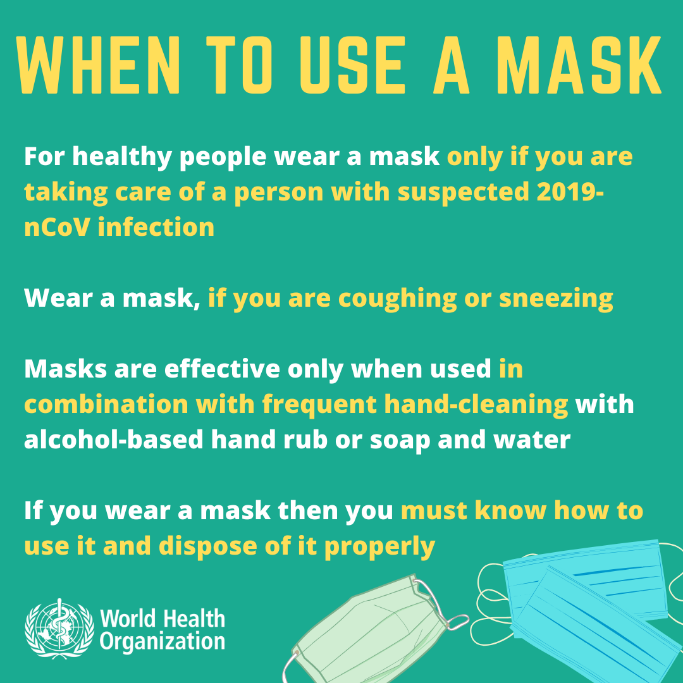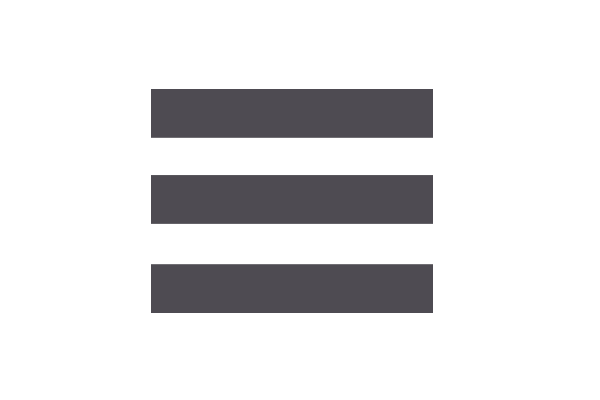To mask or not to mask – that is the question! There has been a huge debate about this is the last few weeks since we have been directly impacted by the COVID-19 pandemic. We unmask the issue by looking at the advice given by a number of countries and the legal requirements in South Africa.
1. Masks for medical personnel only says the WHO
The WHO are still maintaining their stance on the issue: “Studies of influenza, influenza-like illness, and human coronaviruses provide evidence that the use of a medical mask can prevent the spread of infectious droplets from an infected person to someone else and potential contamination of the environment by these droplets. 13 There is limited evidence that wearing a medical mask by healthy individuals in the households or among contacts of a sick patient, or among attendees of mass gatherings may be beneficial as a preventive measure. 14-23 However, there is currently no evidence that wearing a mask (whether medical or other types) by healthy persons in the wider community setting, including universal community masking, can prevent them from infection with respiratory viruses, including COVID-19.”
(See pdf) Download WHO-2019-nCov-IPC_Masks-2020.3-eng (1).pdf
The WHO are insisting that masks should be the work wear of the medical professionals who are patient facing.

2. Make your own say the CDC in the USA
The WHO guidance on healthy people wearing masks in public appears to conflict with recent advice from the US Centers for Disease Control and Prevention, which urged the US public to wear cloth face coverings in pharmacies, groceries and other public places where physical distancing can be hard to maintain.
The CDC have also issued instructions to the public on how to make your own masks
https://www.cdc.gov/coronavirus/2019-ncov/prevent-getting-sick/diy-cloth-face-coverings.html
3. Masks are not food safety related says South African Food control
“PLEASE NOTE THAT THE USE OF MASKS (& Gloves) ARE RELATED TO PERSON TO PERSON TRANSMISSION (Where Social Distancing is not feasible!) AND ARE NOT FOOD SAFETY RELATED!
It might be necessary for Industry to establish screening and/or testing protocols for workers - The NICD can be contacted in this regard.”
Mrs PT Campbell, MPH. Director: Food Control
4. The choice of mask must be fit for purpose
The CDC have issued guidance about which mask is fit for purpose. https://www.fda.gov/medical-devices/personal-protective-equipment-infection-control/n95-respirators-and-surgical-masks-face-masks
Similarly the HSE in the UK have also issued guidance
https://www.hse.gov.uk/news/face-mask-equivalence-aprons-gowns-eye-protection-coronavirus.htm
Please note the focus is for health care workers but does clearly explain the purpose of each type of mask for your understanding.
5. Your choice of mask should take legal requirements into account
The DTI through the National Regulator for Compulsory specifications are responsible for Respiratory protective devices through the regulation 407 (Government Gazette No. 34272) of 13 May 2011. This regulation refers to VC 8072.
The purpose and the scope of this regulatory process is defined here: https://www.nrcs.org.za/content.asp?subID=45
“In accordance with the provisions of the General Safety Regulations of the Occupational Health and Safety Act, 1993 (Act No. 85 of 1993) as published by Government Notice No. R. 736 (Government Gazette No. 22565) of 1 September 2001, and the Regulations under the Mine Health and Safety Act, 1996 (Act No. 29 of 1996) as published by Government Notice No. R. 904 (Government Gazette No. 23583) of 2 July 2002, all RPD’s must be submitted to the National Regulator for Compulsory Specifications (NRCS) for homologation in accordance with SANS 10338:2009: “Homologation of respiratory equipment”. Manufacturers and importers of RPD’s are advised to purchase a copy of SANS 10338:2009 from the South African Bureau of Standards (SABS) to familiarise themselves with the requirements of the homologation process. Homologation is a confirmation by the NRCS that the manufacturer or importer has provided the NRCS with the following specific evidence in respect to a type of RPD”
But WHAT is an RPD?
These respiratory devices are defined as in accordance with SANS 50132: 'Respiratory protective devices - Definitions of terms and pictograms', the classification given in SANS 50133: 'Respiratory protective devices - Classification' and the nomenclature given in SANS 50134: 'Respiratory protective devices - Nomenclature of components'.
You should note:
The following types of “masks” are excluded from the regulation
- Body-worn escape type breathing apparatus as covered by the scope of SANS 1737.
- RPD's designed and manufactured specifically for use by the armed forces or the maintenance of law and order.
- RPD's intended for use in diving applications.
- Surgical face masks as covered by the scope of SANS 1866.
Although there is a South African standard for surgical masks, the type everyone is looking for now, this is a VOLUNTARY standard. You should still insist that your supplier conforms to this standard.
6. If you wear a mask, use it properly
To mask or not to mask – this is still the important question. Looking at the information we have available, there is no clear cut answer. I guess it is up to you, unless you are a health care worker or someone caring for a patient with COVID-19. Then it’s a MUST.
The WHO have again stressed that wearing a mask can lead to the wearer paying less attention to the risk factors as the mask can give you a false sense of security.
If you are reaching for your mask now or are handing them out to employees, make sure you read this
Stay safe




